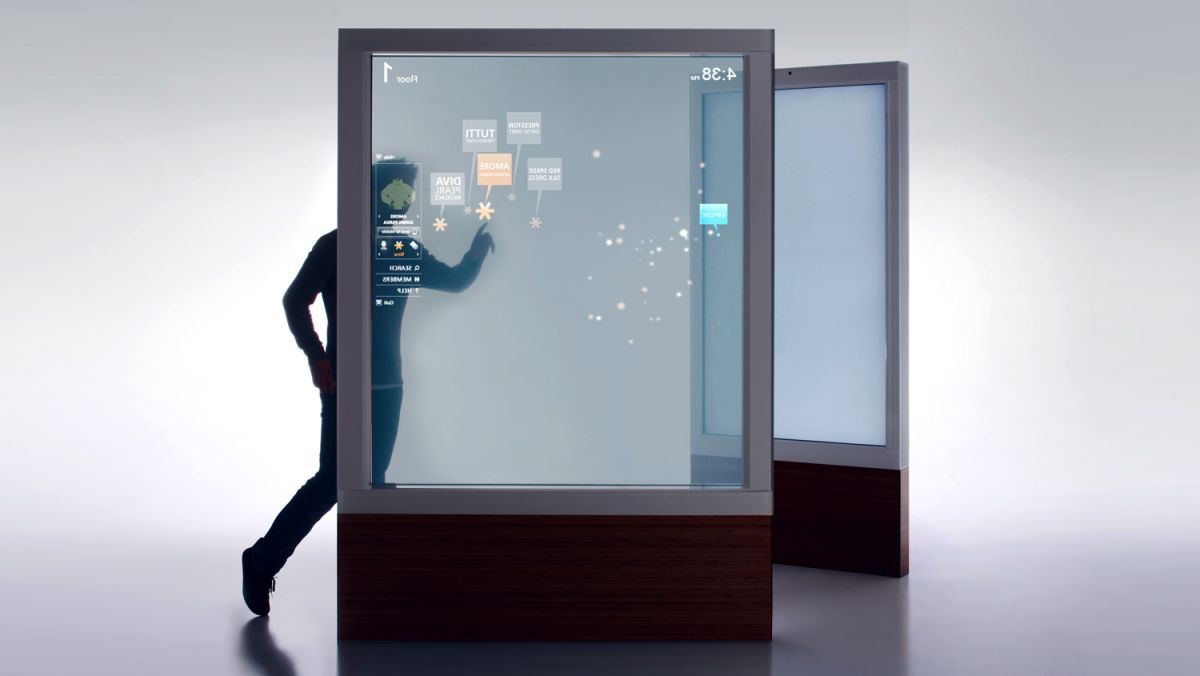Copyright © 2024 lyonsglassgallery.com. All rights reserved.
lyonsglassgallery
Just blog
Hi everyone! Let’s take a peek into the future of glass. Glass, an ancient material, is continuously evolving, and its future looks bright with potential innovations and applications. From high-tech advancements to sustainable practices, here’s what we might expect in the world of glass in the coming years.
1. Smart Glass Evolution
Smart glass technology is already impressive, but it’s only going to get smarter. We can expect to see smart glass with enhanced capabilities, like integrated augmented reality, where information and images can be displayed directly on the glass. Imagine windows that double as screens or interactive displays!
2. Improved Energy Efficiency
Energy efficiency in glass production and usage is set to become a major focus. This includes advancements in insulating properties of window glass, making buildings more energy-efficient, and reducing the carbon footprint of glass production itself.
3. Glass in Renewable Energy
Expect to see more innovations in glass for renewable energy applications, particularly in solar energy. This could include more efficient photovoltaic glass panels and new types of glass that can harness solar energy in innovative ways.
4. Biodegradable and Eco-Friendly Glass
As sustainability becomes increasingly important, the development of biodegradable and eco-friendly glass could be a game changer. Researchers are exploring glass materials that break down more easily and have a lesser environmental impact.
5. Nanotechnology in Glass
Nanotechnology could revolutionize the properties of glass. Nano-coatings and treatments could make glass self-cleaning, more durable, or even air-purifying. These microscopic technologies have the potential to add incredible functions to ordinary glass.
6. Advanced Safety Features
In the realm of safety, advancements are expected in the strength and resilience of glass. This includes bulletproof and explosion-resistant glass that is lighter and more effective, which would be crucial in areas like security and transportation.
7. Medical and Scientific Applications
We’re likely to see more specialized glass types in medical and scientific fields. This includes glass used in medical devices, lab equipment, and potentially in new therapeutic applications, where glass can be used in treatments or drug delivery systems.
8. Glass Recycling and Circular Economy
The future of glass will also be shaped by advancements in recycling technologies, making it easier and more efficient to recycle glass. This aligns with the concept of a circular economy, where materials are reused and recycled continuously.
9. Architectural Innovations
In architecture, the use of glass will continue to push the boundaries of design. This could include large-scale 3D printed glass components or modular glass units that make construction faster and more flexible.
Conclusion
In conclusion, the future of glass holds exciting possibilities. From smart and energy-efficient applications to sustainable practices and groundbreaking scientific uses, glass is set to continue its legacy as a versatile and innovative material. It’s not just about what glass can do now, but what it could do in the future – and that future looks as clear and bright as glass itself!
